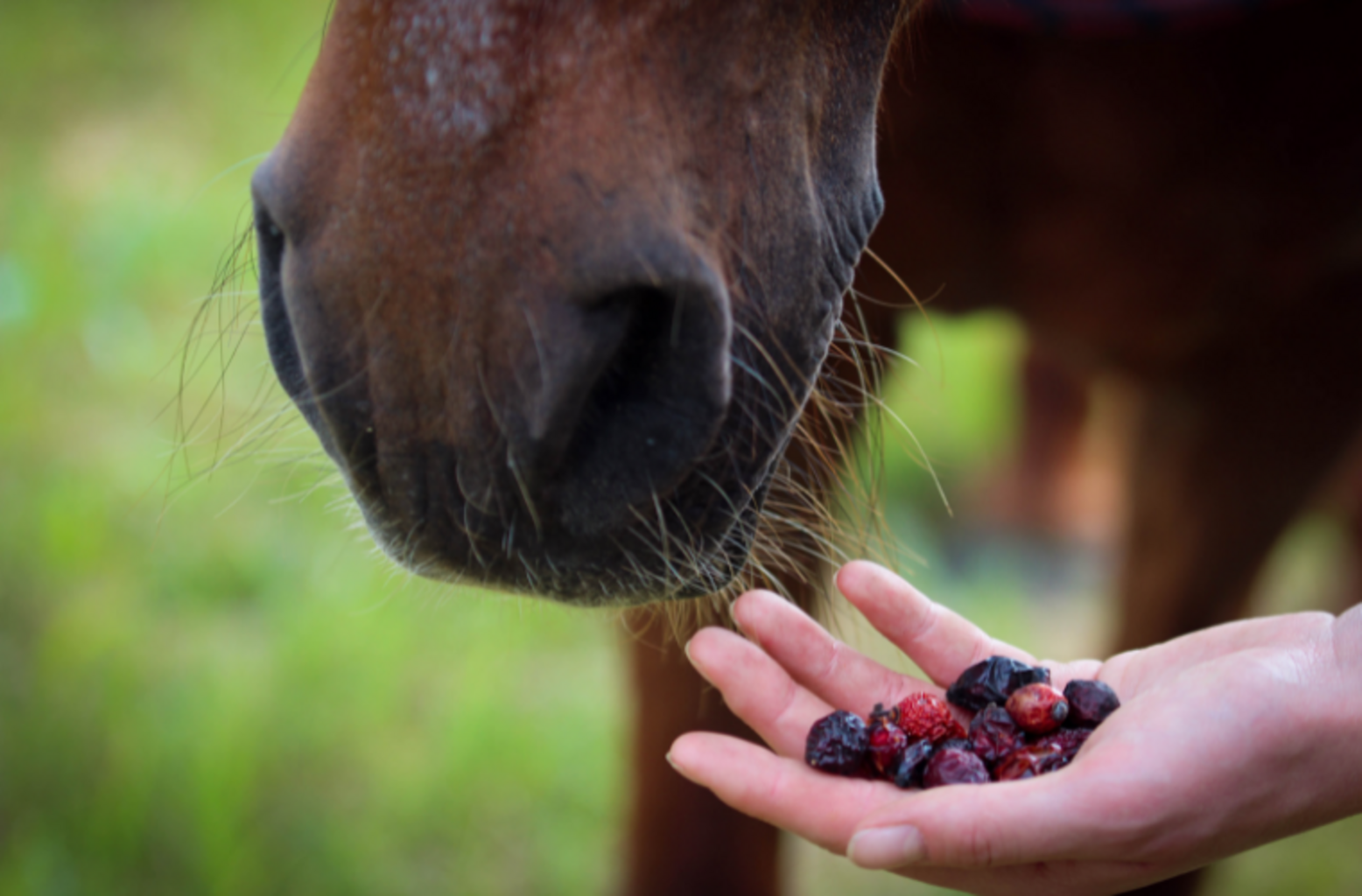Rosehip – A superfruit?
By Amelie Kokorsky
Autumn is here and the rosehips are radiant with their red colour. Whether by bike, on foot or, best of all, on horseback - at this time of the year you can find the rosehip on almost every forest and field path. They grow along the sideway and the bright red color quickly draws attention to itself. Although almost everyone is familiar with the rosehip, it is still underestimated by most people. In this article we explain why you should not ignore this fruit, especially as a rider.
How do I recognize the rosehip?
The rosehip is actually very easy to spot. Its bright red color is the main feature of the fruit. This is how she draws attention to herself from afar. The fruit itself is usually only a few centimeters in size and has a typical teardrop shape. Some rosehips also grow significantly larger and take on a round/ oval shape. However, this rosehip fruit is found less often. The rosehip is the fruit of a rose. The rose bears not only rosehips at the end of its branches, but also a multitude of thorns. The thorns extend throughout the rose, so care should be taken when picking them. If you cut open a fruit, you will find many small nuts in the fruit. These nuts are surrounded by very small and fine hairs. The hairs have tiny barbs, which can cause itching when they come into contact with skin. Therefore wearing gloves makes sense. Depending on the degree of ripeness, the skin of the rosehip is quite hard and cannot be dented with your fingers. The riper the fruit, the darker its color and the softer the skin.
Where can I find rosehips?
In Germany rosehips can be found from September on, on many forest paths and on various green spaces. Although the red color of the fruit almost tempts you to simply pack a few rose hips you should still keep your distance for the sake of nature. Most rosehip bushes are on private property and should therefore not be harvested without prior consultation. In addition, the durability of fresh rosehips is not particularly long and they mold quickly.
A good alternative is to use dried rosehips, for example from Stiefel. Dried rosehips have a much longer durability and most horses rather eat dried rosehips than freshly picked ones.

What makes the rosehip so valuable?
Feeding rosehips brings many advantages because the small fruit is a real "miracle" in terms of the positive effect on the horse's body. On one hand rosehips provide vitamin A, which is present in small amounts in horse feed, especially at times when the horse is mainly fed with hay (especially in winter due to the lack of grass). Vitamin A can be lost when the hay is dried. Hay is therefore no longer an option as a source of vitamin A. Other vitamin A sources also fail during autumn and winter. The rosehip is therefore just right in these months. Strictly speaking, the rosehip contains ß-carotene, the precursor of vitamin A. However, the small intestine of the horse can convert ß-carotene into vitamin A. A handful of rosehips a day is enough to provide the horse with enough vitamin A over the autumn and winter months. This can prevent a deficiency of vitamin A and can also reduce the risk of skin and mucous membrane problems.
On the other hand the small nuts of the rosehip provide important fatty acids, which can be used for increased energy requirements in colder months. The fatty acids can also help to "build up" the new (winter) coat and can also support the horse during the stressful change of coat. The new winter coat can be given a beautiful shine with the help of the fatty acids.
When it gets colder and wetter horses (can) move less due to a lack of space and the closure of the summer pastures. This problem is particularly noticeable in horses suffering from arthrosis/arthritis. Due to the restricted movement and the wet and cold season, the inflammatory process of arthrosis/arthritis can get worse. The rosehip is said to have a slightly anti-inflammatory effect. It can therefore help to alleviate the pain of arthrosis/ arthritis since the inflammatory process can be inhibited or decelerated by the ingredients in the rosehip. It is important to know that arthrosis/arthritis is irreversible. This means that although you can do something good for the horse to relieve the pain and slow down the inflammatory process, the clinical picture of osteoarthritis cannot be reversed.
The most well-known active ingredient in rosehips is vitamin C. Rosehips contain a lot of vitamin C, which can strengthen the immune system and stimulate circulation. The small red fruit comes at the right time because it is precisely at the beginning of autumn that the susceptibility to infection increases - not only in humans. The horses body is under great stress due to change in weather, change of coat and a possible change from pasture to paddock. Horses' immune systems can be weak at this time and need support to prevent possible infections. The administration of vitamin C can have a positive effect on the horse's immune system. The body also needs vitamin C for the functionality of the musculoskeletal system, so that rosehip can also score points on this topic.
In summary, one can say that the rosehip has earned the name "miracle of medicinal fruits" because of its numerous positive effects. It doesn't matter whether the fruit is freshly picked or dried.
The advantage of Stiefel rosehip is definitely the dried form. The rosehip is much more durable in this form. The possible itching caused by the small hairs on the nuts can hardly be triggered in the dried form. In addition, the dried form is tasteless and is simply eaten by almost all horses. Up to 20 g can be fed in one day. This corresponds to about 20 rose hips. The rosehip can be fed daily for chronic diseases such as arthrosis/arthritis. Administration as an immune cure over a period of at least 4 weeks is also recommended.
Here we go! Dare to try the "miracle" of the little red super fruit.
Latest reviews
-
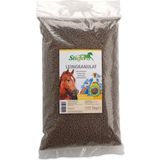 5.0 (7)
5.0 (7)Stiefel Linseed Granules, 5 kg
- Ready-to-feed linseed cake
- High mucilage content
- Reduced fat content due to cold pressing
£17.80 (£3.56 / kg)Delivery by January 14
-
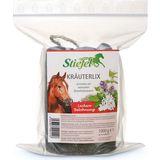 4.8 (10)
4.8 (10)Stiefel Kräuterlix Horse Lick, 1 kg
- Lick stone with bronchial herbs
- A tasty reward
- With attached cord to tie it up
£13.33 (£13.33 / kg)Delivery by January 20
-
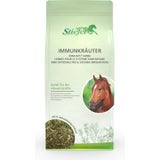 5.0 (8)
5.0 (8)Stiefel Immunity Herbs , 1 kg
New!- 100% natural herbal mixture
- Immunity herbs
- Good for the body's defences
£22.27 (£22.27 / kg)Delivery by January 14
-
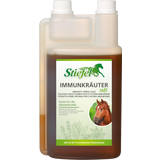 4.8 (6)
4.8 (6)Stiefel Immunity Herbal Liquid, 1 l
Bestseller- To support the immune system
- Made of 100% natural herbs
- No added sugar
£15.12 (£15.12 / l)Delivery by January 14
-
Great Britain: Free standard delivery from £79.90
-
Free
returns Secure payments
with SSL encryption technology

